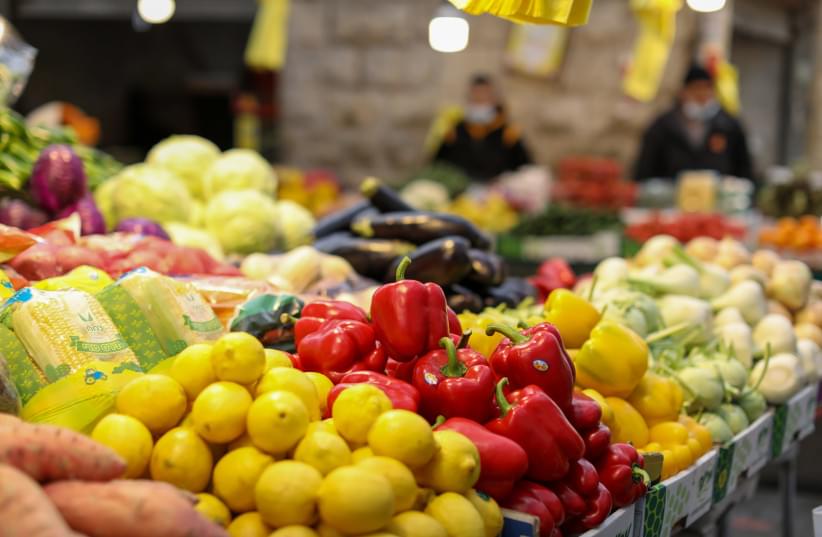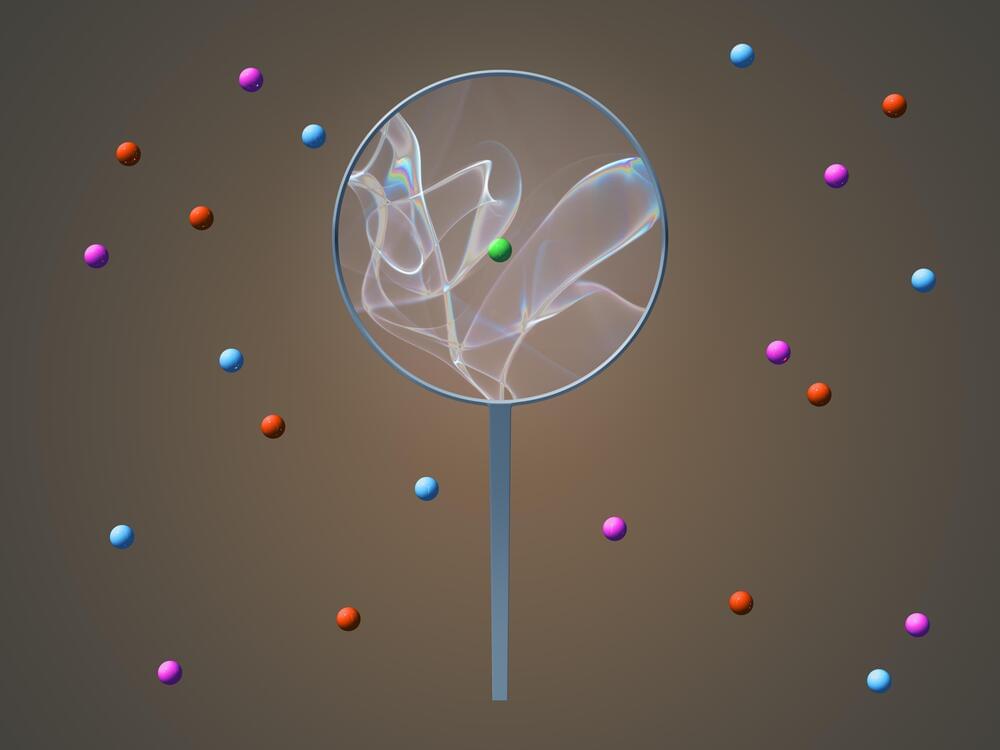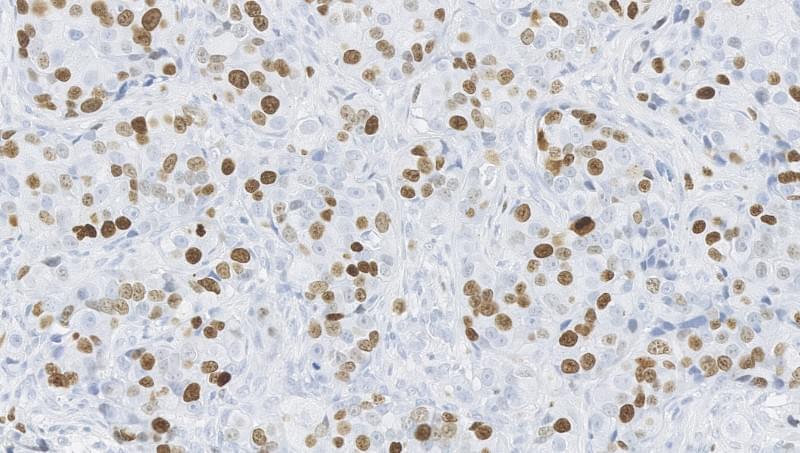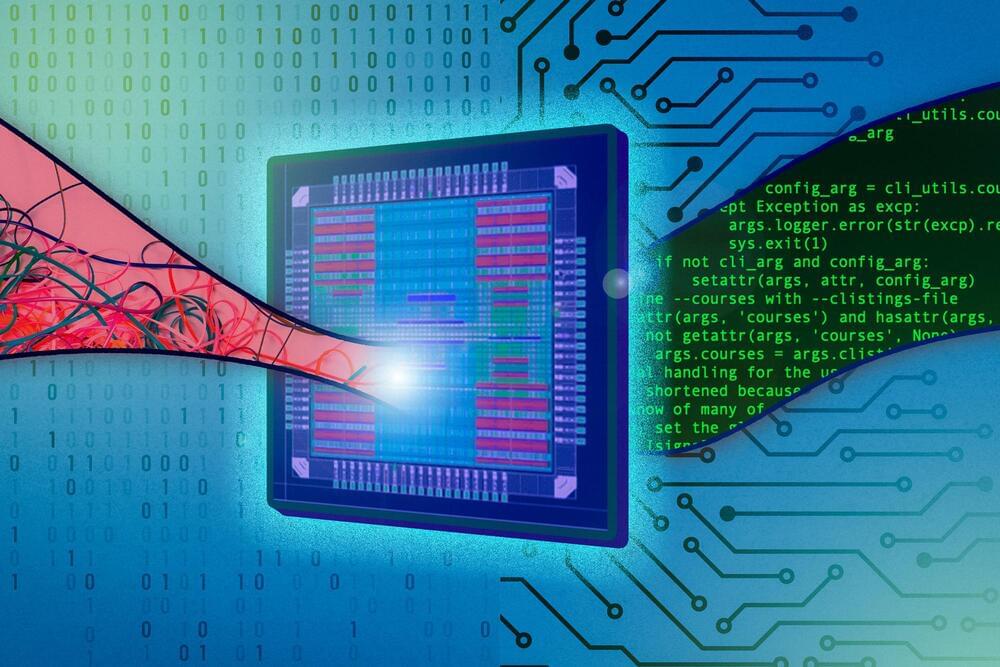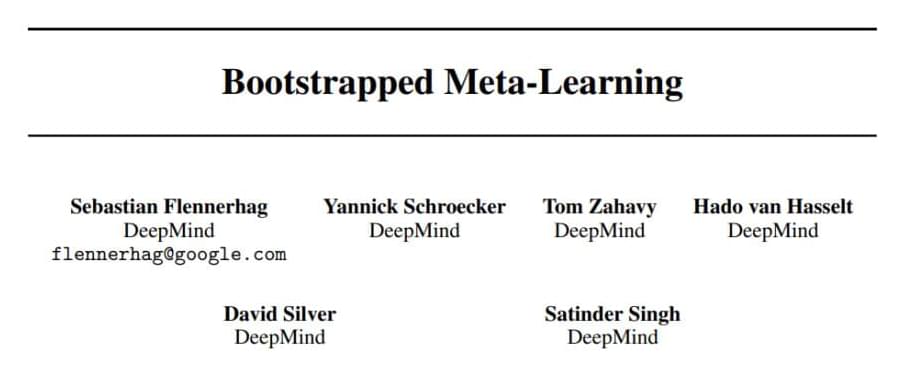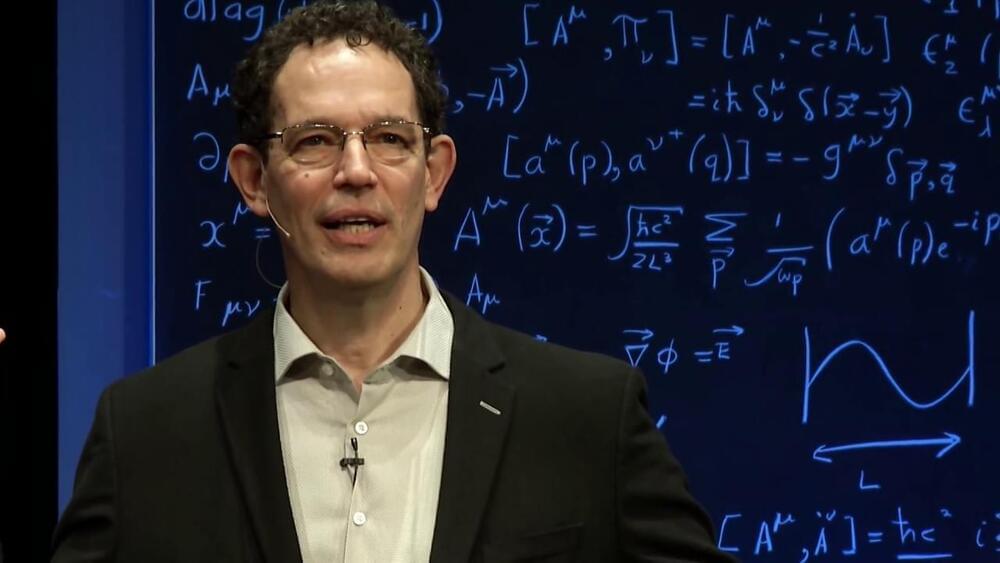We know that a daily diet that includes lots of fruit and vegetables is healthier, but now it seems that it can also help prevent one from being infected with COVID-19.
A new study from Boston published in the journal Gut reports that consuming healthy food like produce may lower the risk of contracting the virus, in addition to lowering the severity of symptoms if one is infected. Although doctors have stated that metabolic conditions including obesity and type 2 diabetes can cause severe coronavirus complications, this study is among the first to add nutrition to the equation.
A new study claims that one-third of coronavirus cases could have been avoided if people had healthier eating habits.
